Increase in the flock prevalence of lameness in ewes is associated with a reduction in farmers using evidence-based management of prompt treatment: A longitudinal observational study of 154 English sheep flocks 2013–2015
Increase in the flock prevalence of lameness in ewes is associated with a reduction in farmers using evidence-based management of prompt treatment: A longitudinal observational study of 154 English sheep flocks 2013–2015
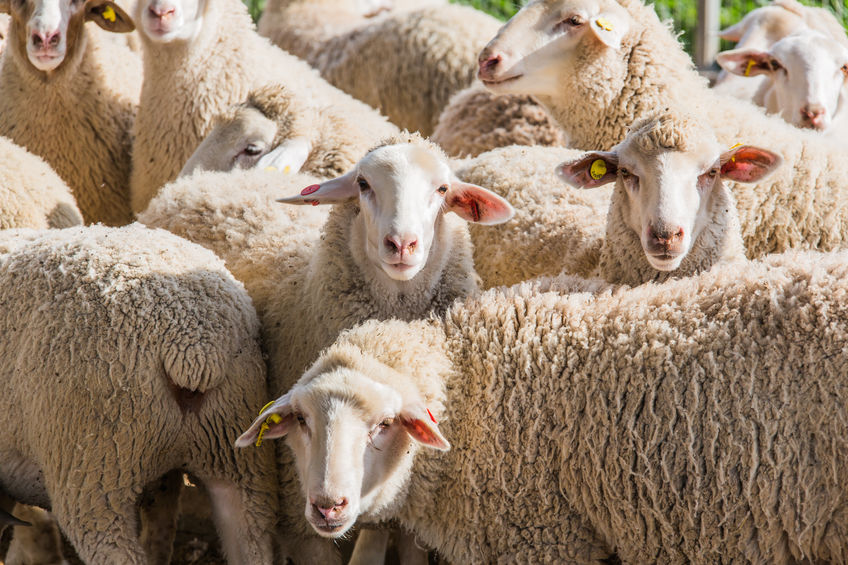
Open Access
In our edition of: Feb 2020
In our categories of: farm animals
our summary:
Prosser, N.S., Purdy, K.J. and Green, L.E. (2019) Increase in the flock prevalence of lameness in ewes is associated with a reduction in farmers using evidence-based management of prompt treatment: A longitudinal observational study of 154 English sheep flocks 2013-2015. Preventive Veterinary Medicine, 173
The aim of this longitudinal observational study was to investigate the prevalence of lameness and any changes in the management of lameness in sheep flocks monitored from 2013-2015. In addition, this study estimated population attributable fractions (PAFs) that could provide evidence on management practices, which would help to reduce the national flock prevalence of lameness.
A questionnaire on the average period prevalence of, and management practices for, lameness in sheep was developed; it used both closed and open questions that were selected from those used in larger questionnaires completed in 2013 and 2014.
Prevalence of lameness was taken as the average percentage of ewes lame at any one time over the period. Time to treatment of lame sheep was measured as the longest time that any sheep was left lame before treatment, categorised as ≤ 3 days, ≤1 week, ≤ 2 weeks and > 2 weeks. Additionally, farmers were asked if they:
- practised foot trimming and, if they did, the percentage of feet that bled after trimming (0-2% or ≥ 5%),
- culled sheep that had been lame,
- vaccinated sheep against footrot and, if so, the number of years they had used the vaccine,
- mixed their flock with other sheep.
For this study, farmers who had indicated that they would be happy to participate in future research (when they completed the earlier questionnaires in 2013 and 2014) were invited to participate. A total of 192 farmers agreed to participate and were sent the questionnaire. Questionnaires were returned by 144/192 farmers. In addition, responses from a further 18 farmers who had participated in 2013 and 2014, and who were participating in a different trial (which included a questionnaire containing the same questions) were included, resulting in 162 returned. Eight of these were excluded as they were incomplete leaving 154 responses for analysis.
Results show that the flock period prevalence of lameness in ewes, for the 128 flocks that gave the prevalence of lameness and flock size for all three years, was significantly higher in 2015 than in both 2013 and 2014.
The proportion of farmers who treated all sheep ≤ 3 days after the onset of lameness showed a significant reduction in 2015 compared to 2013. The percentage of farmers who carried out routine foot trimming also showed a significant reduction across the same period. In 2015, significantly more farmers culled sheep because they had been lame, and significantly more used a vaccine against footrot compared to the earlier years. There was no change in the proportion of farmers who carried out trimming but did not cause bleeding.
The prevalence of lameness was higher in flocks where farmers treated all lame sheep one week or more after the onset of lameness, compared with flocks where farmers treated all sheep ≤ 3 days of onset of lameness. Prevalence was also higher in flocks where: ≥ 5% of feet bled after trimming, vaccination had been practised for less than six years, or not at all; and where sheep mixed with other flocks.
The PAF of lameness attributable to not treating all sheep for lameness ≤ 3 days of onset rose from 13.3% in 2013 to 25.3% in 2015.
Lameness in sheep in the UK has both significant welfare implications as well as economic costs (although this was not quantified by this study). The Farm Animal Welfare Committee has set a target to reduce the national flock prevalence of lameness in sheep to ≤2% by 2021.
The evidence from this longitudinal study suggests the achievement of this ambitious target is possible. Lameness can be controlled when farmers comply with evidence-based recommended practices, giving prompt individual treatment to lame sheep within three days of onset of lameness alongside the practice of annual vaccination against footrot for >5 years.
Image copyright attribute: Photografier
Join the discussion
We encourage discussion on all material highlighted in each edition of inFOCUS. Use the button below to join the conversation on Twitter and include your comment in the feed for this issue.

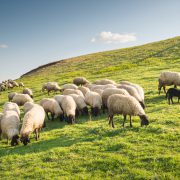


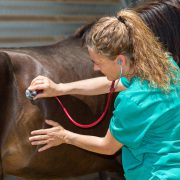
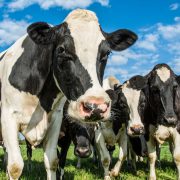
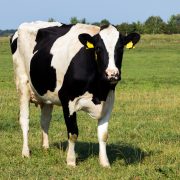


Leave a Reply
Want to join the discussion?Feel free to contribute!